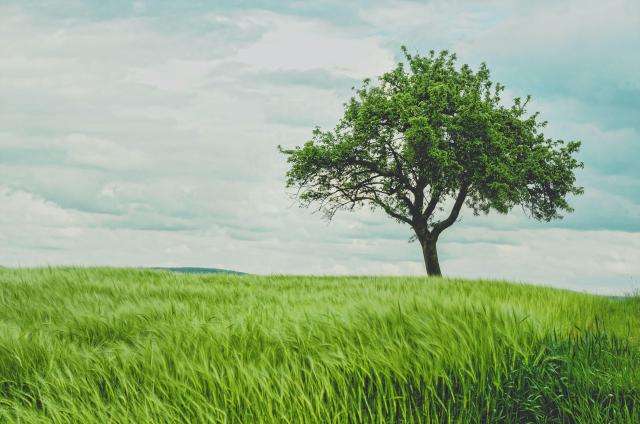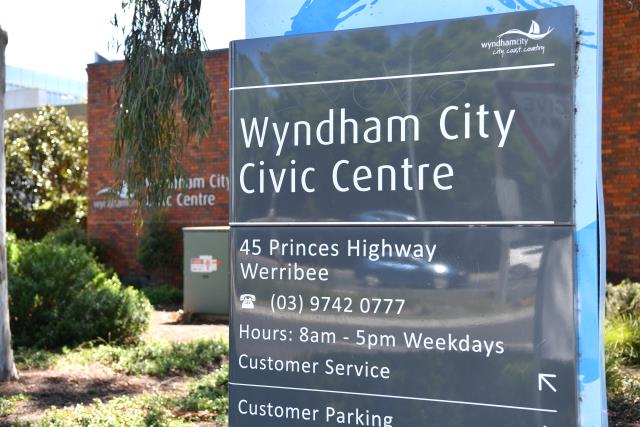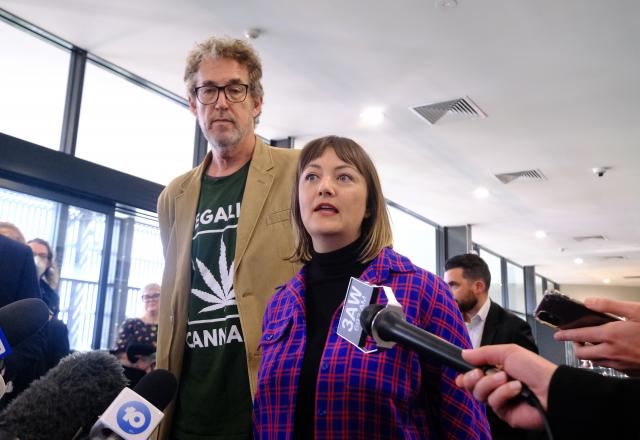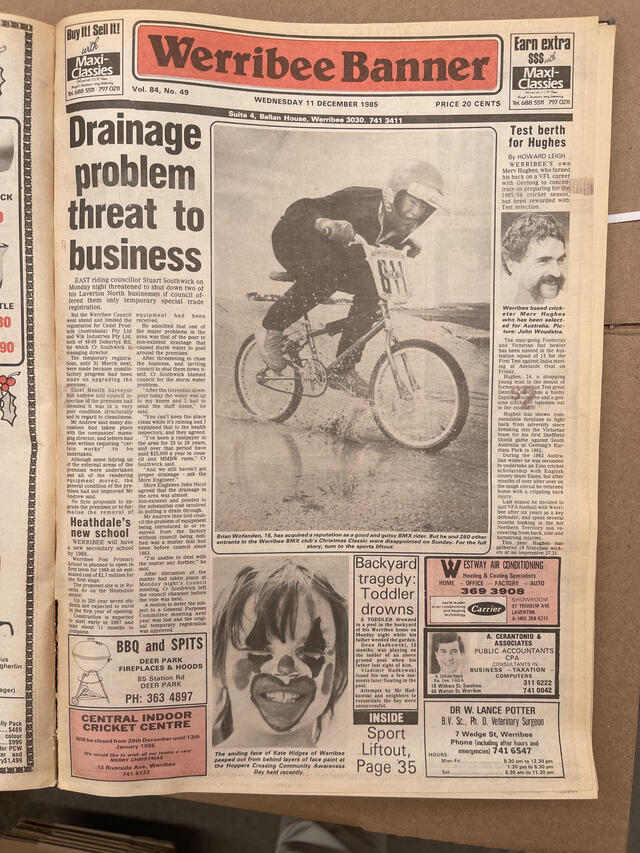Wyndham has the lowest recorded level of green cover in the country with a low 5.4 per cent according to a recent study.
Compiled by Greener Spaces, Better Places, the report defines green cover as the amount of trees, typically over three metres, and shrubs, typically under three metres.
The study found that over the next decade, Wyndham will face ‘high’ challenges to maintain or grow green cover.
Werribee River Association’s John Forrester said the municipality needed more trees “all over the place”.
“What we really need are better green spaces with trees on them,” Mr Forrester said.
“Of the existing parks, the existing waterways in particular, and all the existing lawn and grass reserves need to be treed up.
“We need lovely trees that put shade out over pathways, that stop blowing litter into our water way.”
According to the report, the large areas of grassland and agricultural land in Wyndham can limit opportunities for urban greening.
Other factors can also influence tree coverage, including places with limited rainfall, cities with higher population growth, high bush-fire risk areas, and places with lower levels of community disadvantage tend can have more resources to fund green cover projects.
The report suggested that living in a place with green cover can make people happier, smarter, more productive and sleep better.
“Human beings need them as well because our houses heat up, and common design practices that allow houses to be built with dark roofs, we’re just punishing ourselves in summer with the heat that’s absorbed into our buildings,” Mr Forrester said.
A study conducted by The University of New South Wales found green space reduces risk of cardiovascular disease through the promotion of physical activity, reducing stress, and air pollution.
Melton had the second lowest level of green cover, followed by Maribyrnong, Hobsons Bay and Hume.







